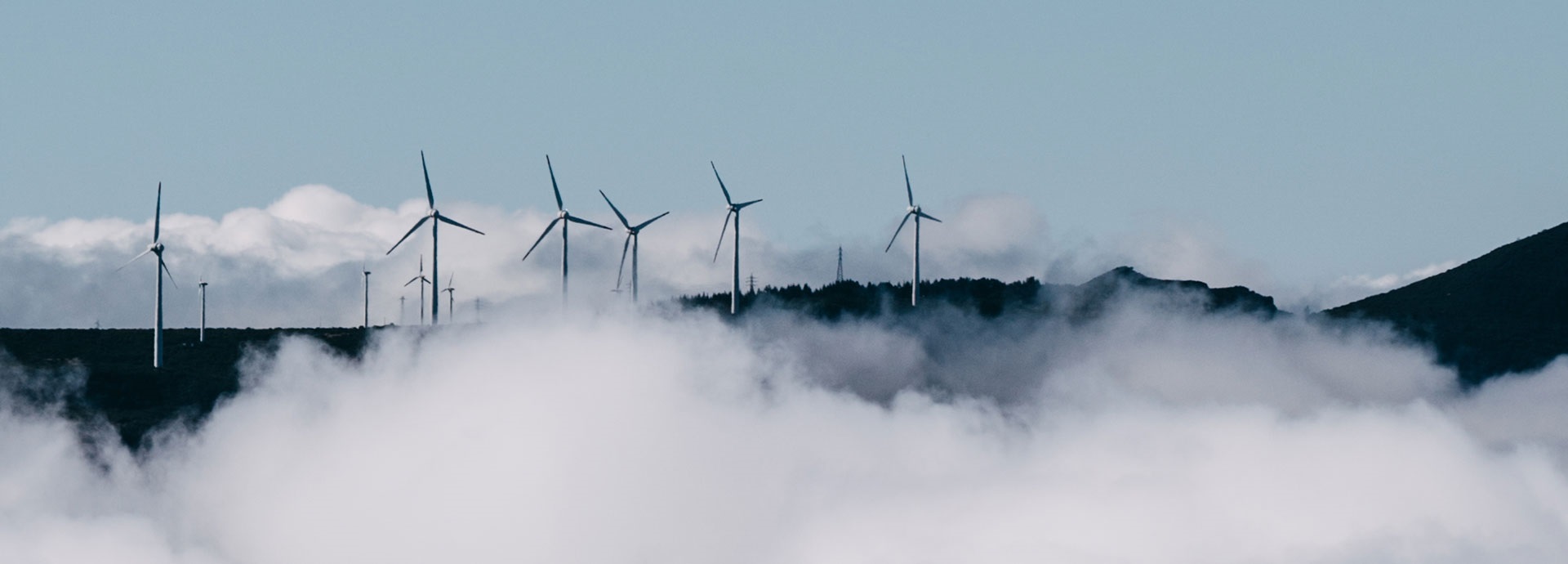

The REPowerEU plan aims to reduce Europe’s dependence on imported fossil fuels. Wärtsilä believes a renewed commitment to the energy transition will lower costs and emissions while helping Europe achieve energy independence.
Inflation was already a concern before the war in Ukraine roiled energy markets. Energy prices have increased to a point that it is tempting to think reducing prices should take priority over reducing emissions. But this is a false choice: by accelerating the energy transition we can tackle both costs and emissions.
“We are happy to see Europe’s policymakers are taking the right steps in the energy transition. The Commission has proposed to increase the target in the Renewable Energy Directive to 45% by 2030, up from 40%,” says Sushil Purohit, President, Wärtsilä Energy. “This can tackle energy prices, increase energy independence and enable rapid decarbonisation.”
In many cases renewable energy was already cheaper than fossil fuel energy, even before the recent market upheaval. Energy price volatility and uncertainties about supply make a renewed determination to pursue the energy transition even more important. This isn’t just common sense; Wärtsilä has the data to back it up.
Make decisions based on data
Wärtsilä uses advanced power system modelling to find the optimal energy mix for customers as they transition to a 100% renewable energy future. This same tool was used to analyse Europe’s current situation. The resulting report, Europe’s Energy Future, shows how Europe can meet these challenges by accelerating the energy transition.
With a step-by-step process Europe could reduce energy costs by €323 billion by 2030, halve the use of gas in power sector and achieve a net zero power system by 2040, a full decade earlier than current EU targets.
While the increase in energy prices gets media attention, the climate challenge has not gone away. The Intergovernmental Panel on Climate Change has warned that many impacts of climate change are now irreversible. The faster we move forward on decarbonisation the less severe these impacts will be, but the global energy supply can’t be disrupted during the transition.
Wärtsilä’s modelling and experience in the field shows how a logical step-by-step process should be followed. Each step supports the next, and at every stage the energy system is optimised for how it then operates. This means that benefits can be found not just when the end goal is reached, but at each step of the journey.
Time to act
Wärtsilä’s modelling compared Baseline and Ambitious scenarios. The Baseline scenario follows the current trend of adding 40 GW of new renewable capacity annually till 2030. The Ambitious scenario doubles this, adding 80 GW of new renewables each year. This could save European countries hundreds of billions of euros, cut power sector emissions by half and improve energy independence.
Yet to accomplish this requires immediate support from policymakers. Wärtsilä recommends they reduce bureaucratic roadblocks, such as improving the speed and efficiency in granting permits and encouraging cross-border infrastructure projects.
Coordination between public and private actors must be improved to accelerate investing and scaling. Investments can be encouraged through incentives such as tax credits.
As the process begins Europe can look further into the future and begin electrification projects, such as in transport, industry and heating and cooling. Long-term energy storage, such as hydrogen and ammonia from the Power-to-X process, should be encouraged.
Policy makers must support the transition
“Adding the necessary renewables capacity to achieve a clean, secure and lower cost system demands a significant level of cross-country coordination and investment,” says Kenneth Engblom, Vice President, Africa and Europe, Wärtsilä Energy. “It requires clear strategic policy action, built on detailed data modelling, that address technology, finance and planning permission. Decision makers across Europe must act together.”
Accelerating our energy transition will not only solve Europe’s immediate energy crisis, it will prevent a similar one from happening in the future. If the continent is producing clean energy locally we won’t need to worry about external geopolitical events impacting our energy supply. Price volatility should be less, helping both companies and families to better plan their energy expenditures.
Europe can – and should – protect its energy supply by accelerating the energy transition. Yet Wärtsilä modelling shows this is a challenging goal. In 2021 the EU added 36 GW of new renewable energy capacity, but the report shows this should be 80 GW annually. More than doubling our new renewable energy production is ambitious, but achievable.
Did you like this? Subscribe to Insights updates!
Once every six weeks, you will get the top picks – the latest and the greatest pieces – from this Insights channel by email.


